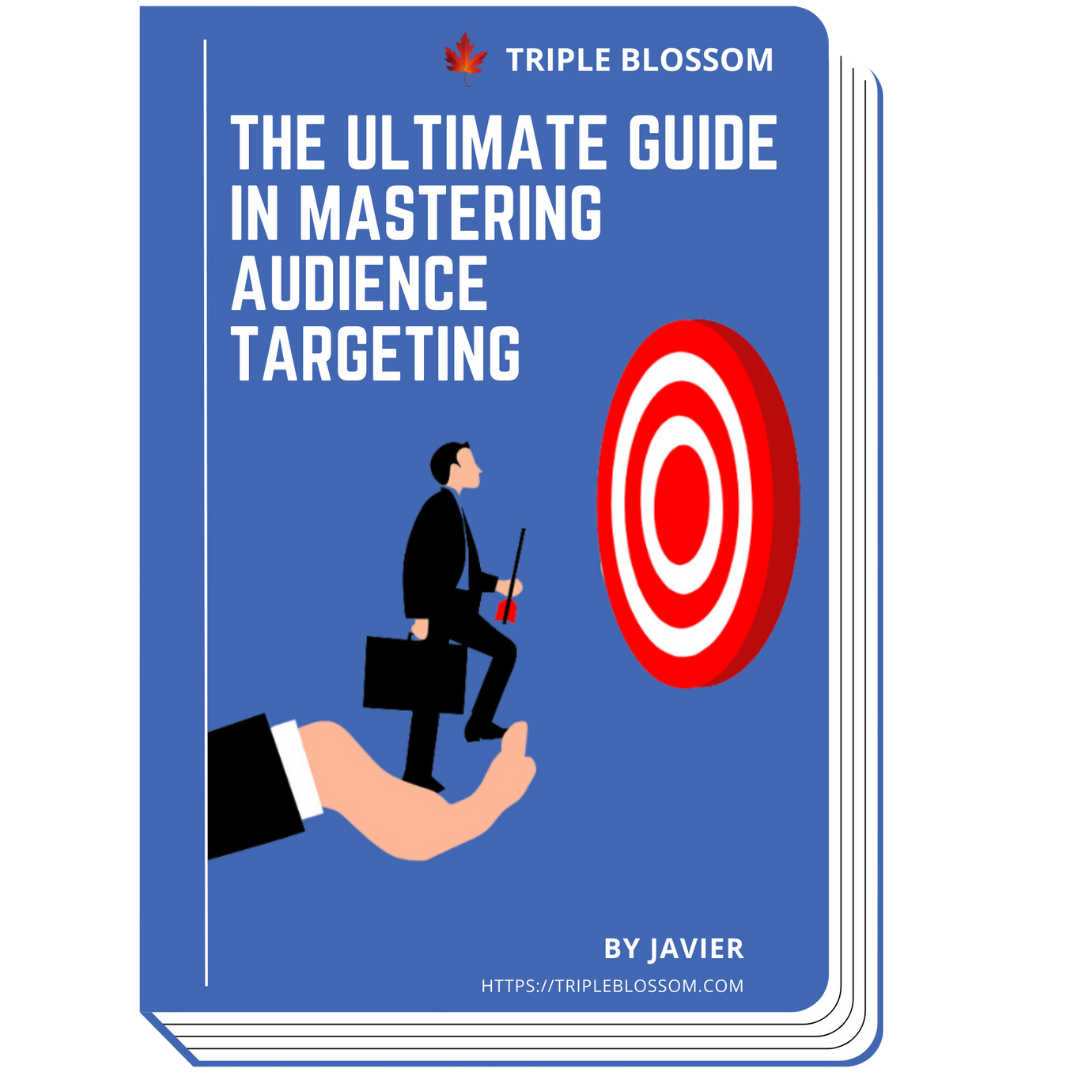How To Track Amazon Sales From Facebook Ads

If you're an Amazon seller or affiliate marketer, you've probably faced the challenge of tracking your sales from Facebook Ads. This can be frustrating, as you need to know which ads are working and which aren't. In this article, we'll dive deep into how to track Amazon sales from Facebook Ads using Amazon Attribution and alternative solutions.
The Challenges in Tracking Purchases
Amazon is the go-to marketplace for millions of online shoppers. As a seller, you know that promoting your products on platforms like Facebook can significantly boost your sales. However, tracking sales from Facebook Ads presents some challenges:
- No Facebook Pixel on Amazon: You can't place a Facebook Pixel on Amazon's website, which means you can't directly track conversions from your ads.
- Losing sight of your customer journey: When customers click on your Facebook Ad, they're redirected to Amazon, where they might browse around before making a purchase. This makes it hard to determine the origin of the conversion.
- Lack of split testing: Without proper tracking, you can't accurately test different ads or audiences to optimize your campaigns.
Amazon Attribution: The Game Changer
Amazon Attribution is a powerful analytical tool that enables you to track how your external marketing efforts drive sales on Amazon. By providing valuable insights into the performance of your Facebook Ads, Amazon Attribution helps you make data-driven decisions to optimize your campaigns and drive more sales.
Here's how Amazon Attribution works in improving Facebook ads performance and drive better decision-making:
1. Performance Metrics
Amazon Attribution provides a range of performance metrics, such as clicks, detail page views, add-to-cart events, and purchases. These metrics help you understand how users interact with your ads and products on Amazon, allowing you to identify which ads are driving the most engagement and conversions.
2. Data-Driven Optimization
With access to performance data from Amazon Attribution, you can optimize your Facebook Ads by targeting the most effective audience segments, refining your ad creatives, and adjusting your bidding strategies. By focusing on the ads that drive the highest ROI, you can allocate your budget more efficiently and drive better results.
3. Test and Learn
Amazon Attribution enables you to test different ad creatives, audiences, and placements on Facebook. By analyzing the performance data, you can identify the most successful strategies and continuously refine your campaigns. This iterative approach helps you find the best combination of elements to maximize your sales on Amazon.
4. Attribution Insights
Understanding which Facebook Ads are driving sales on Amazon is crucial for effective campaign management. Amazon Attribution provides data on the customer journey, from the initial ad click to the final purchase. This allows you to attribute conversions to specific ads, helping you understand the true value of your marketing efforts.
5. Cross-Channel Comparison
In addition to tracking Facebook Ads performance, Amazon Attribution allows you to compare the effectiveness of various marketing channels. By analyzing the data, you can identify the channels that drive the most sales and allocate your marketing budget accordingly. This helps you develop a well-rounded marketing strategy that maximizes your overall sales performance.
However, Amazon Attribution alone doesn't allow you to leverage the full potential of Facebook Ads, such as retargeting and custom audience creation. This is where PixelMe comes in.
PixelMe and Amazon Attribution: An Ultimate Combination To Tracking Sales Effectively
PixelMe complements Amazon Attribution by addressing the limitations that arise from not being able to place a Facebook Pixel directly on Amazon. By embedding your Facebook Pixel in the shortened links created with PixelMe, you can track user actions and create custom audiences based on their behavior. This enables you to set up retargeting campaigns, which help you reach potential customers who clicked on your ads but didn't make a purchase.
In other words, Amazon Attribution focuses on providing performance data and insights for your Facebook Ads, while PixelMe enhances the capabilities of your campaigns by enabling retargeting and custom audience creation. When used together, these two tools provide a comprehensive solution to track Amazon sales from Facebook Ads effectively.
Here's how you can use both Amazon Attribution and PixelMe together:
Step 1: Sign up for PixelMe
First, sign up for a PixelMe account here.
Step 2: Set up Amazon Attribution
Follow the instructions on Amazon Attribution to create tracking IDs for your Facebook Ads. You'll use these IDs to generate unique URLs for each ad, which will help you measure their performance.
Step 3: Create a shortened link with PixelMe
Next, grab the URL of the Amazon product you want to promote. In PixelMe, click "Create a link", paste the Amazon URL, and add your Facebook Pixel. You'll receive a shortened link that you can use in your Facebook Ads.
Step 4: Combine PixelMe and Amazon Attribution URLs
Now, append the Amazon Attribution tracking ID to your PixelMe link. This will enable you to track both traffic and conversions from your Facebook Ads while also leveraging the power of Facebook Pixel for retargeting and custom audience creation.
Step 5: Create your Facebook Ads
Use the combined PixelMe and Amazon Attribution link in your Facebook Ads. Make sure to mention in the ad copy that users will be redirected to Amazon for purchase. This sets the right expectation and ensures a smooth customer journey.
Step 6: Analyze and Optimize
Monitor the performance of your ads using both PixelMe and Amazon Attribution. By analyzing the data from both tools, you can make informed decisions to optimize your campaigns for better results.
Boost Your Sales with Retargeting
One of the most powerful features of combining Amazon Attribution and PixelMe is the ability to create retargeting campaigns. By embedding your Facebook Pixel in the shortened links created with PixelMe, you can track user actions and create custom audiences based on their behavior. This allows you to set up retargeting campaigns to reach potential customers who clicked on your ads but didn't make a purchase, increasing the likelihood of conversions.
Here's how to set up retargeting campaigns using Amazon Attribution and PixelMe:
Step 1: Create a custom audience on Facebook
In your Facebook Ads Manager, create a custom audience based on website traffic. Select the specific event you want to target, such as "Clicked on Amazon link" or "Viewed Product." Make sure to use the Facebook Pixel associated with your PixelMe links.
Step 2: Design your retargeting ads
Create new ads specifically designed for retargeting. These ads should remind users of the product they viewed and encourage them to complete their purchase on Amazon. Consider offering incentives like discounts or limited-time offers to entice users to act.
Step 3: Launch your retargeting campaign
Set up a new campaign targeting the custom audience you created in Step 1. Use the retargeting ads you designed in Step 2 and monitor the performance of your campaign. Make sure you leverage the A/B Test feature on Facebook Ad dashboard to optimize your audience targeting too!
Tracking Amazon sales from Facebook Ads can be challenging, but with the right tools and strategies, you can gain valuable insights to optimize your campaigns and boost your sales. By analyzing the data and leveraging the features of both Amazon Attribution and PixelMe, you can effectively measure the performance of your ads, create custom audiences for retargeting, and set up data-driven campaigns that maximize your Return On Ad Spent (ROAS).
Are you constantly feeling that Facebook Ads is not working anymore? Despite all your efforts and strategies, with each algorithm change, it feels like you're back at square one. The ROI isn't what it used to be, and you're left wondering if Facebook Ads has lost its magic.
After diving deep into the intricacies of audience targeting and the ever-evolving Facebook landscape, I've uncovered strategies that remain effective despite the platform's constant changes. Discover these insights in my latest E-Book - The Ultimate Guide In Mastering Audience Targeting.
